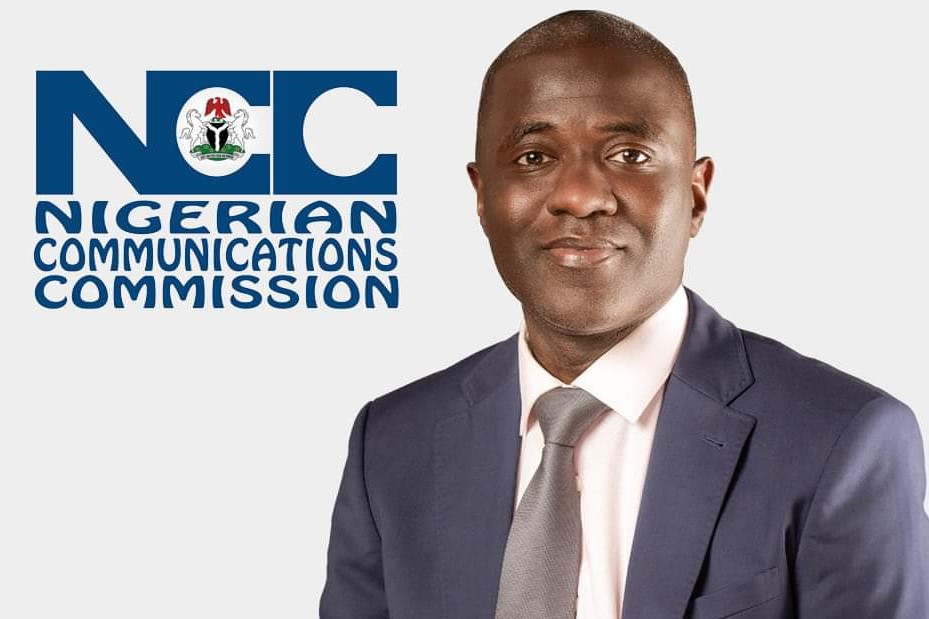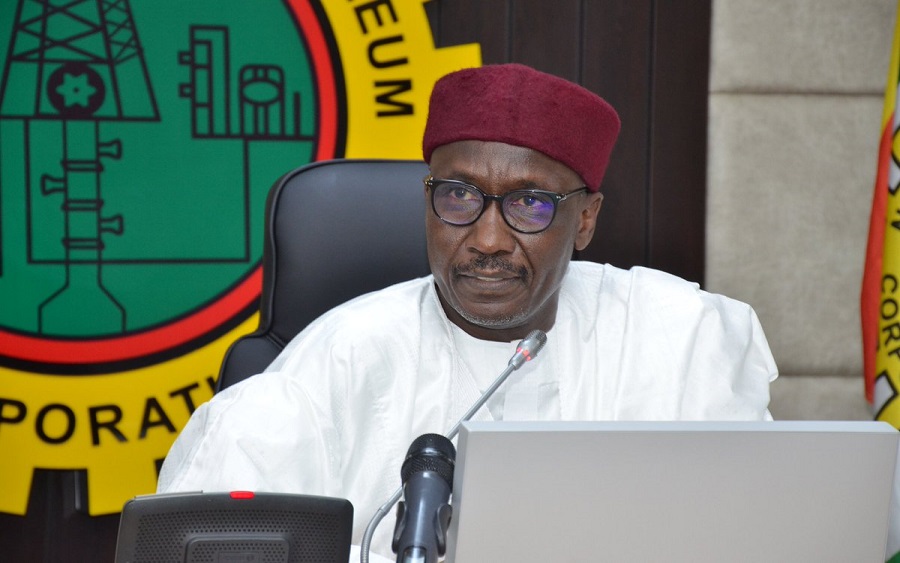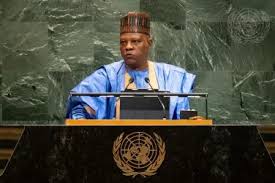There is a whole lot of confusion around/about Petrol Subsidy. That has always been so. Perhaps to do with the nature of oil and trade in the product.
The Oil industry, especially in Nigeria, comes across as one sworn to a frustrating level of opacity. That is even more so on issues to do with the so-called petrol subsidy. The major challenge, I dare say, has been more with our SOE, the NNPC (in its different manifestations), its subsidiaries and related agencies, playing multiple roles at once – operator, trader, regulator, even if there is a pretense that there is insulation between roles and entities.
Whereas one might have assumed that with the NNPC being the sole ‘importer/supplier’ of petrol, it would now be easier to attain transparency of the volume being imported, what is being dispatched, to where, to be able to better estimate the level of consumption, there is still so much confusion around it, with different figures coming from different agencies involved in the process that makes it difficult to come to a data-backed understanding of how it is that the question of subsidy or under-recovery of cost has become a recurring one.
Of course, without a knowledge and/or understanding of the figures and template at the disposal of the NNPC, it becomes difficult to come to an understanding for the subsidy claim put at an average cost of N297 per litre as at 2022 and find justification pricing regime it releases from time to time, especially this new one that has pushed the pump price for petrol to between N448-557.
Whereas the prevailing narrative out there is a subsidy cabal that has been benefiting from the importation of petrol, which this new subsidy-free regime is supposed to push off the cliff, the truth is that the era of such a subsidy cabal belongs in the past, with its peak period being under the Jonathan administration, where a huge racket was made of it. People who didn’t import a pin making away with billions as subsidy payments. Looks like many of those people simply vanished into thin air after pulling such monumental heist on the system.
Well, back to the moment, with the decision by marketers in 2017 to stop bringing in products, citing all sorts of issues, from fx to need to raise the pump price, NNPC has been the sole importer of petrol into the country, keeping the country wet at all costs. On that score, NNPC deserves a pat on the back.
So, whereas under the previous regime in which private operators brought in products at a particular rate and sold at a price that is not ‘cost-reflective’, with the differential being paid as ‘subsidy’ by the PPPRA, under the prevailing arrangement, NNPC brings in products, supply at rates still not cost-effective, then dips its hands into what should have accrued to the public treasury as income, to cover the cost. According to the NNPC, the situation eventually became one in which what should have accrued to the public treasury was no longer able to cover the shortfall, leading to the NNPC itself taking a direct hit.
In the words of NNPC, “that means they (the federal government) are unable to pay, and we have continued to support this subsidy from the cash flow of the NNPC. That is, when we net off our fiscal obligations of taxes and royalties, there is still a balance that we are funding from our cash flow. And that has become very difficult and it is affecting our other operations.”
NNPC Group CEO, Mele Kyari says that “Today, we are waiting for them to settle up to N2.8 trillion of NNPC’s cash flow from the subsidy regime and we can’t continue to build this.”
He claims that since the provision of the “N6 trillion in 2022, and N3.7 trillion in 2023, we have not received any payment whatsoever from the federation”.
In other words, NNPC is saying that not only is she not expected to pay into the public treasury, as whatever is due as royalties and taxes have been wiped off, it is being owed by the government.
It might be so. But for me, there are too many questions that have played in my head over these years and I have gone public with them every time I have addressed the issue of subsidy. I remain convinced that unless the questions are addressed, it will be difficult to understand the argument by NNPC.
My argument revolves around the 455,000 barrels of crude oil that is due to NNPC on daily basis for domestic refining. With the refineries in bad shape for as long as one can recollect, NNPC came up with an arrangement of trading it’s domestic allocation for refined products, which indeed is a great idea. It has been trading three-quarters through the window of the DSDP since 2016.
My question, one which I have consistently posed in the public space for over 5 years now, is on the place of the DSDP arrangement in NNPC’s refined products supply chain and the subsidy regime. How much of the supply is being met through the DSDP window, and at what cost? How much is coming as direct imports, and at what cost?
I once posed the following questions to which I am yet to find answers:
“At what rate is NNPC allocated the 445,000 barrels per day it receives and at what rate does it exchange same with these companies? If NNPC and these companies are benefiting from the rise in the international price of crude, how can it then be that it would also claim to, at the same time, be experiencing loss for bringing in refined products? Should one not cancel out the other? Or is NNPC buying crude locally at international price for local refining and its DSDP arrangement? Should that be the case? Who is really subsidising who, in this arrangement.”
Every year, NNPC calls for bids for the crude swap at the end of which a few are selected. The Swiss company, Vitol, in conjunction with its local partner as the bid requires for a local partner, has been one of the regular partners of late. Total, Sahara, OANDO have also been a part of this. But what has hardly ever been revealed are the terms of these engagements. Even the National Assembly Committees were not able to get information out from parties to this deal, at the public hearings, no matter how hard they pushed.
It is difficult to lay hands on records of these transactions. The DSDP deal for 2017 was reportedly valued at USD$6 billion for the 330,000 barrels per day spread among 10 traders. Official data cited for the first 8 months in 2021 shows that 63.46 million barrels of crude oil valued at N1.64tn was exchanged under the scheme. No record of what came in as refined products was however found.
At a point, I had thought that if the DSDP arrangement is built around a swap of the over 400,000 barrels per day allocation to NNPC, it might suffice in meeting local consumption need, but then the consumption figures have kept shooting up. Based on a rough estimate, we could have about 30 million litres of petro daily, in pushing less for other products, if we were to be exchanging the total volume allocated for local consumption. With claims that daily consumption is over 60 million litres, that would only go so far in meeting this need.
The claim has been queried by many, including the Controller General of the Nigeria Customs Service (NCS), Col. Hameed Ali (Rtd). “If we are consuming 60 million litres of PMS per day, by their own computation, why would you allow the release of 98 million litres per day? If you know this is our consumption, why would you allow that release? …The issue of smuggling: if you release 98 million litres in actual and 60 million litres is used, the balance should be 38 million litres. How many trucks will carry 38 million litres every day? That’s almost 500. Which road are they following and where are they carrying this thing to?”
Embarrassing as it is that there is no agreement on consumption figures, it is not the main concern here, even as I had once offered a possible explanation for the high volume claimed.
But then, can NNPC let us know what percentage of the evacuation/ consumption figure is being met through the DSDP arrangement, which has now been tinkered with such that supply of crude enjoys a window of delay, up to 90 days after delivery of refined products.
NNPC claims to operate based on the official exchange rate, but one wonders if the claim to under-recovery of cost by the NNPC is computed based on the official exchange rate?
As disturbing as the opacity around the NNPC pricing template is, one had hoped that local refining by the private sector, especially by Dangote, should lead to a drop in price given that freight is a major component in the current cost template, fashioned based on importation. But only recently, promoters of modular refineries under the aegis of Oil Refiners Association of Nigeria (CORAN) have expressed huge frustration about lack of access to feedstock, among other reasons. That is strange given that the DCSO prioritises supply of crude to local refiners.
If only the modular refineries that have been commissioned had been able to access crude, by now we would have been able to gauge what the cost of locally refined petrol will be in comparison with that from NNPC. That again brings up the contradictions with having NNPC wear multiple hats, even if in different guises. Without greater transparency in the sector and around NNPC, the confusion around the pricing regime for petrol pump will always be there.
Simbo Olorunfemi works for Hoofbeatdotcom, a Nigerian communications consultancy and publisher of Africa Enterprise. Email: Editor@enterpriseafrica.ng




